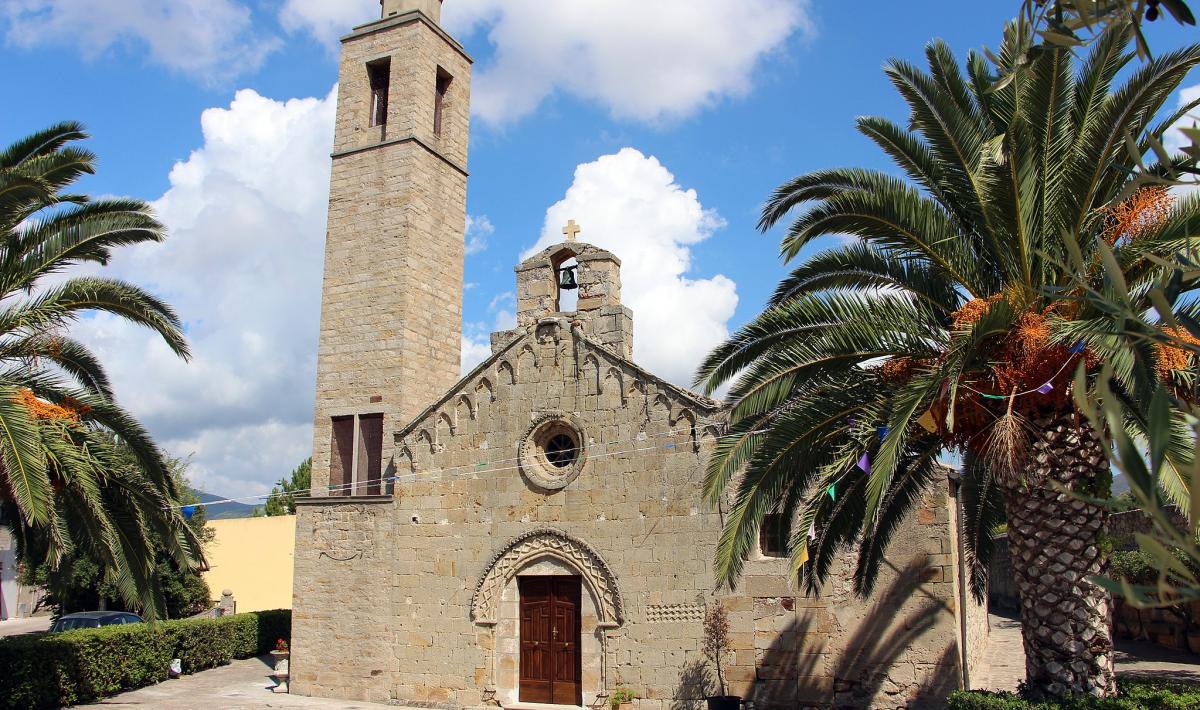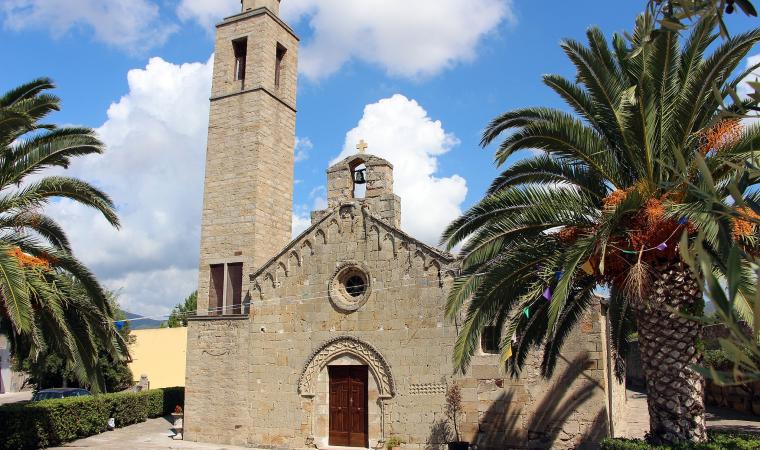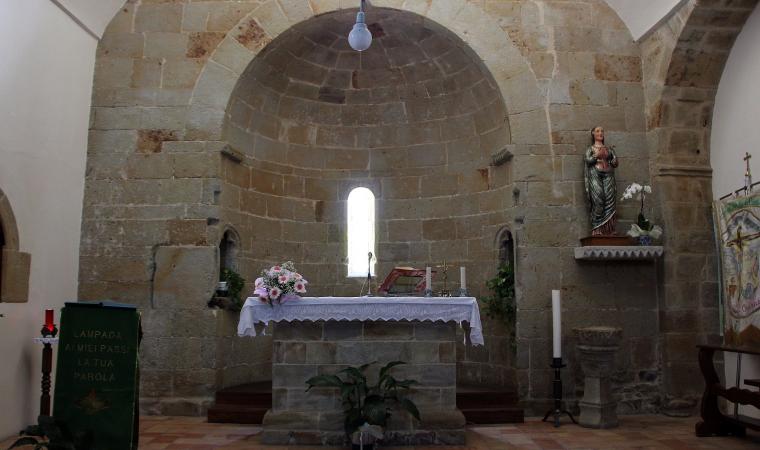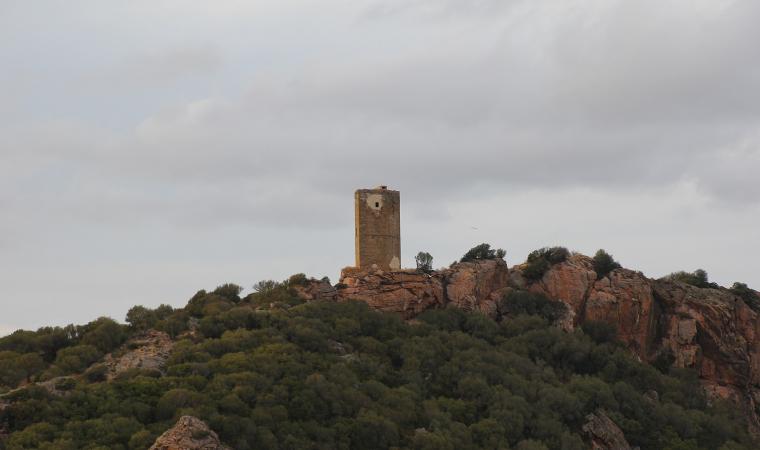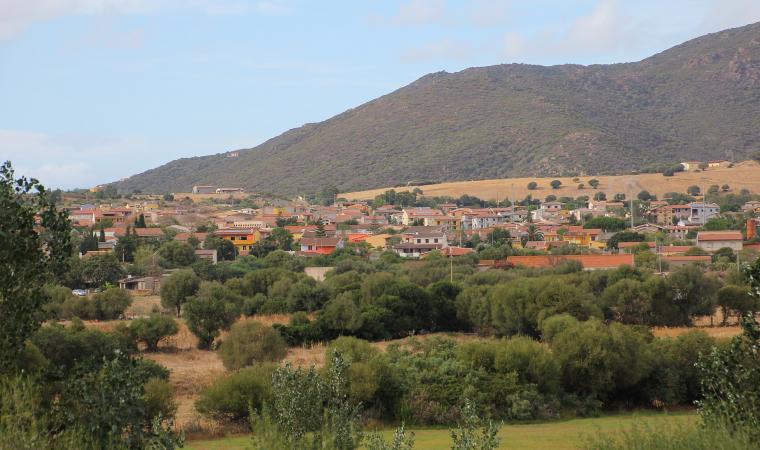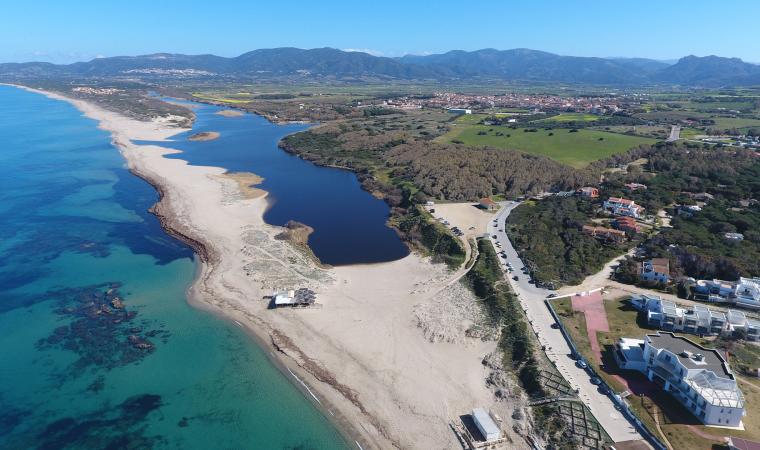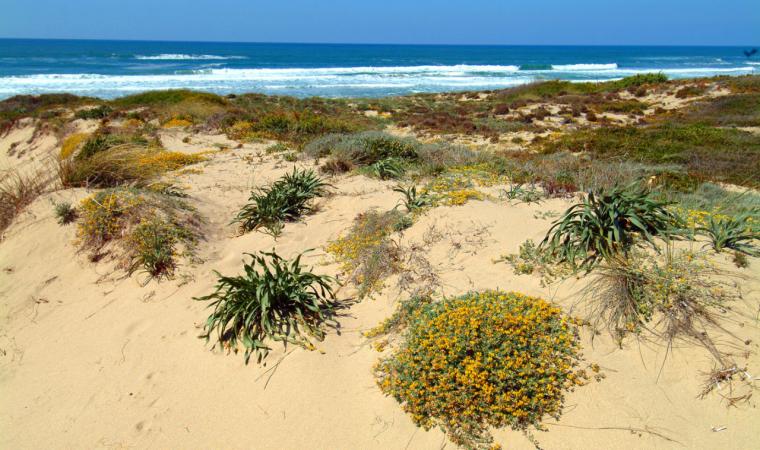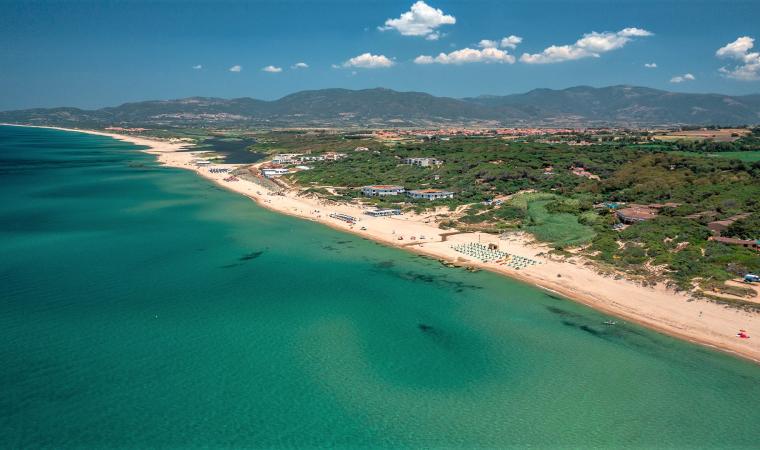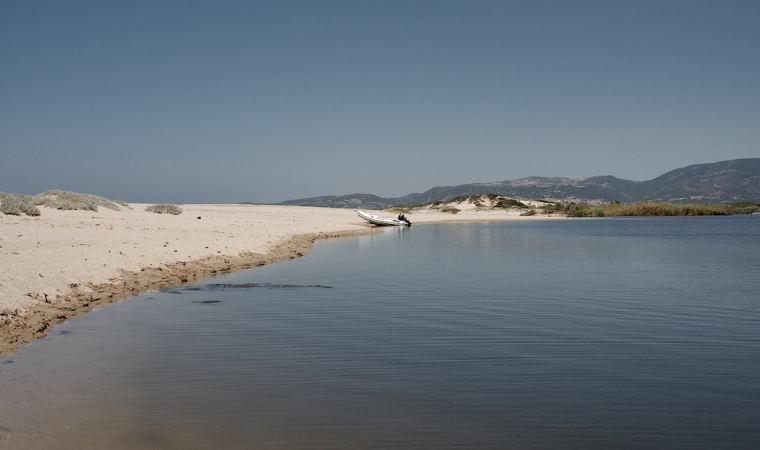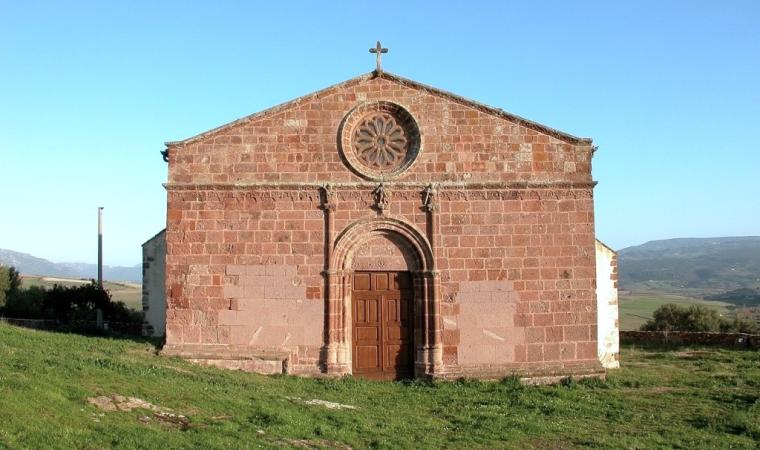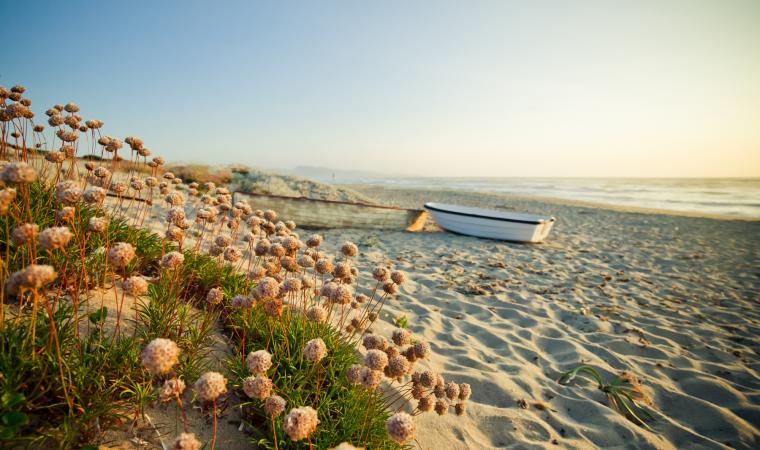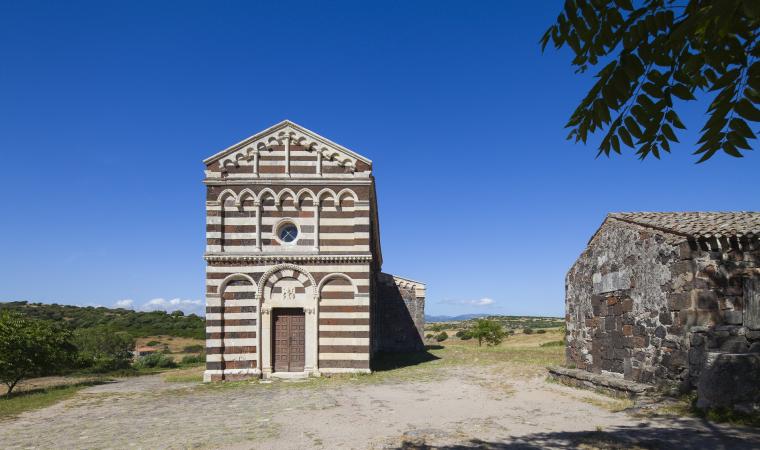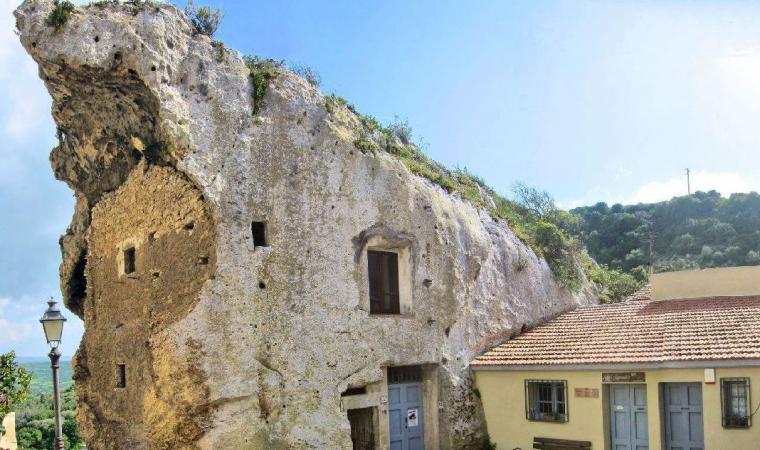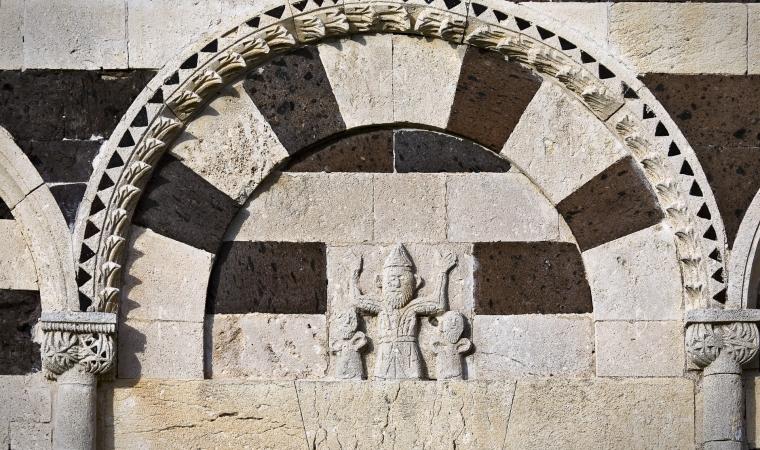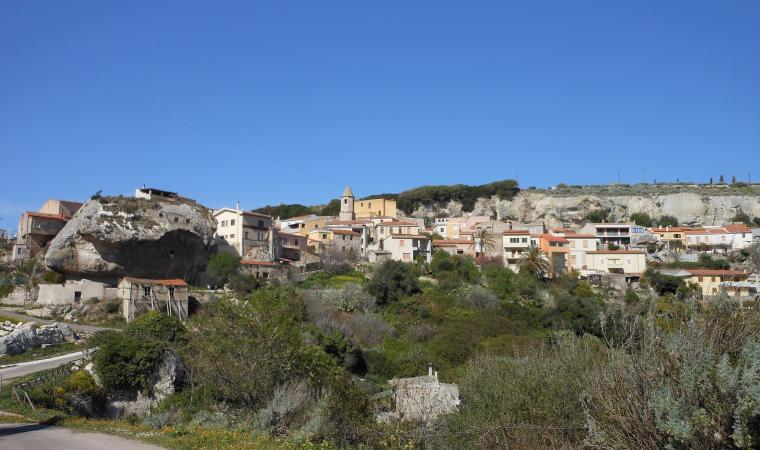Santa Maria Coghinas lies on a bank of the Coghinas river, adorned with hills that surround a fertile alluvial valley, where vineyards and artichokes are highly cultivated as its main resource. The town has 1,400 inhabitants is and located just short distance from the Gulf of Asinara, a fraction of Sedini until 1960 and then of Valledoria until 1983, when it became an independent Municipality. The present inhabited area was repopulated in the 19th century by families of Gallura shepherds, after the medieval village was abandoned in the 15th century. This is why the language, customs and traditions of Gallura live on, despite the town being part of the Anglona. The name of the village derives from the river and the church of Santa Maria delle Grazie, in Romanesque style with a Gothic façade, coeval with the medieval nucleus of the village. To be admired within is the statue of the Virgin Mary, carried in a procession during the festivities held on 1st May. The quaint Romanesque church of San Giovanni is also well preserved.
A thick blanket of Mediterranean scrub and cork covers the landscape around Coghinas. Herein live herons, osprey, partridges and aquatic turtles. A short distance from the village, where the river loops back at the foot of a granite hill, the Casteldoria thermal baths emerge, famed since Roman times for their therapeutic qualities and today a renowned spa. The temperature of salso-bromo-iodic waters varies between 40 and 70 degrees Celsius. On the same hill, called Monti Di Lu Casteddu, framed by bright red rocks, emerge the ruins of Castedoria, a fortress built in the 12th century by the Doria, who had strong interests in the area, especially in Castelsardo. From the peak, you can spy the Anglona region and the coast, an area of intense traffic since ancient times. The castle was the protagonist of intricate events that involved the republics of Genoa and Pisa, the Giudicato of Arborea and of Torres and Crown of Aragon. The first written testimonies date back to the late-13th and early-14th centuries, then belonging to Brancaleone Doria, husband of Eleonora d’Arborea, and restored by Pietro d’Aragona (1354). It passed through many masters, until the slow decline in the 15th-16th century and the demolition by the Piedmonts at the end of the 18th century. Today, the well-preserved Torre dei Doria can be clearly seen from a distance, with a pentagonal layout and over twenty metres in height, with some parts of the walls, the remains of a chapel and a cistern for water supply. The ruins of the ancient village are still standing, perhaps built together with the fortress, around which myths and legends abound, many linked to the last reigning prince, possibly being Andrea Doria. In a story penned in 1894, Grazia Deledda wrote of a secret underground passage, excavated between the castle and the Cappella di San Giovanni di Viddalba, used to reach the church. The Nobel Prize also refers to the Conca di la Muneta, a basin in which the Doria are said to have pounded coins. The tale tells of an explorer who discovered a room full of gold and another closed by an iron door that was to have contained the treasures of the Genoese family.

